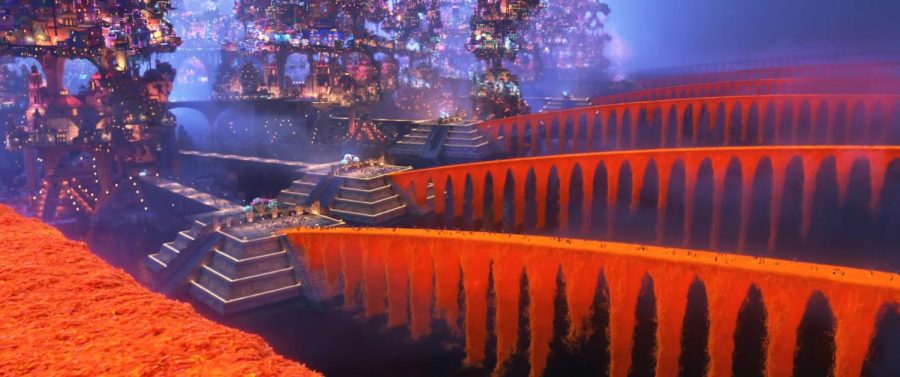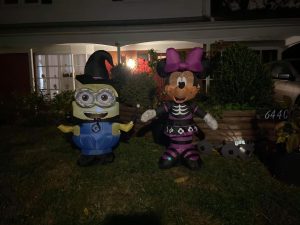All Saints’ Day, the predecessor to Halloween
The popular holiday Halloween might have a more convoluted past than you think
Caption: The Pixar movie Coco’s interpretation of the bridges to the land of the dead. Photo courtesy of fandom.disney.com.
November 1, 2020
All Saints’ Day, also known as All Hallows’ Eve, Hallowmas, and the Feast of All Saints, is a Christian holiday that was created to honor the souls of the dead, or in some countries, to specifically honor the souls of dead saints. This day was created because of the amount of saints that have come and gone over the course of history. This ancient holiday has been overshadowed by the holiday we all know and love, Halloween. Still, a lot of Halloween’s traditions have been inspired by All Saints’ Day. How did All Saints’ Day turn into Halloween, and why?
To know why Halloween was created, we have to look into history first. When Christianity began spreading to other places in Europe, it tried to minimize resistance by assimilating symbols and holidays to basically say that “these symbols are the same”. For example, St. Patrick’s Day was originally a Pagan holiday in Ireland that celebrated the local druids. Even though St. Patrick’s Day as we know it celebrated the miracle of St. Patrick driving out all the snakes from Ireland, there were no snakes in Ireland to begin with.
The concept of Halloween originated from the Celts, who celebrated a holiday known as Samhain, a day on which they believed that the dead could walk among the living. This inspired the Christian Church to create a holiday on the date that the Celtic people celebrated Samhain, and add a Christain origin story to it, claiming that they were actually celebrating the same thing. The Christians replaced the Celtic deities with various Saints. To put this in perspective, Samhain was first celebrated approximately 2000 years ago, while All Saints’ Day began much later in the seventh century.
Over time, the Celtic people were assimilated into Christianity and the beliefs of the two cultures were somewhat merged, forming the Samhain-All Saint’s Day hybrid that is known as Halloween.
Still, where do we get the tradition of carving pumpkins, creating memes about skeletons, and decorating our house? We can look to the Mesoamerican holiday Día de los Muertos for that. This is a holiday even older than Samhain, originating approximately 3000 years ago, based on archeological evidence of local burial rituals at the time. These customs were most likely adapted into Halloween when the Spanish colonized Mexico and converted the local populace to Chiristianity and combined Día de los Muertos’s traditions into Halloween at the same time.
As a side note, a great movie that explains Día de los Muertos’s traditions and some aspects of Mexican culture is Coco, a 2017 movie from Pixar studios. Its story is about a young boy, Miguel, who is accidentally transported to the spirit realm and will remain there forever if he doesn’t return to the mortal realm before sunrise with the help of a nearly forgotten spirit, Hector. If you have watched it, you will remember the great music and cultural background that formed this masterpiece. If you haven’t, then now would be a great time to sit down and watch this movie.
Halloween, like many other holidays, has undergone a complex evolution over the course of history. However, even if the origins of this holiday involved the bloody colonization of America and the spread of Christianity, we can still appreciate the holiday for what it is and enjoy the decorations and candy that comes with it.









